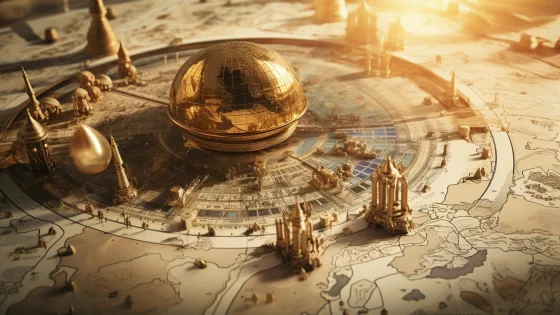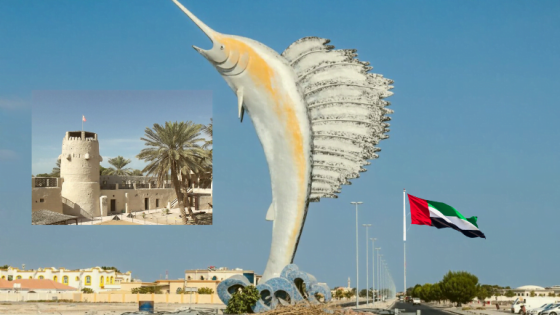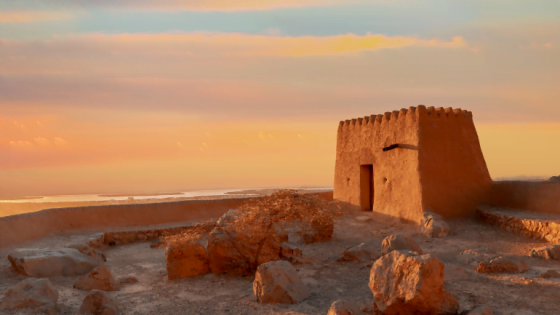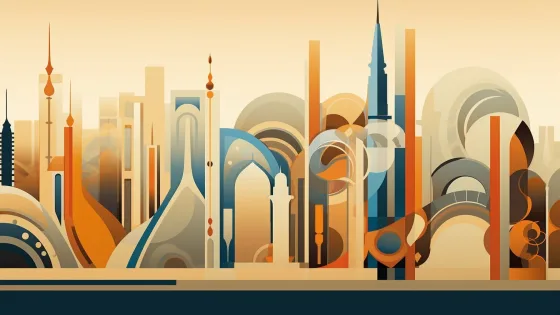Contents
- 1 The Early history of UAE in Urdu
- 2 The Formation of the United Arab Emirates
- 3 The Pearling Era and Trade
- 4 British Influence and the Trucial States
- 5 The Discovery of Oil and Modernization
- 6 Cultural Heritage and Traditions
- 7 The Union’s Progress and Achievements
- 8 Leadership and Government of UAE
- 9 The UAE’s Global Influence and Relations
- 10 The Conclusion: Understanding the Rich History of UAE in Urdu
- 10.1 The Importance of Understanding UAE’s History in Urdu
- 10.2 The Key Takeaways
- 10.3 The Future of UAE
- 10.4 What will the conclusion of the article summarize?
- 10.5 What will be explored in the section about UAE’s global influence and relations?
- 10.6 What will be discussed in the section about the leadership and government of UAE?
- 10.7 What are some of the achievements of the United Arab Emirates since its formation?
- 10.8 What will be discussed in the section about cultural heritage and traditions?
- 10.9 What was the role of the discovery of oil in modern UAE?
- 10.10 How did British influence shape the history of UAE?
- 10.11 What was the significance of the pearling era in the UAE?
- 10.12 How was the United Arab Emirates formed?
- 10.13 What will be covered in the section about the early history of UAE?
- 10.14 What is the importance of understanding the history of UAE in Urdu?
History of UAE in Urdu: The United Arab Emirates (UAE) has a rich cultural and historical background that dates back centuries. Understanding the history of the UAE in Urdu is essential to appreciate the country’s heritage and its impact on the present. With its strategic location in the Arabian Gulf, the UAE has been a melting pot of diverse cultures and civilizations.
This article delves into the history of the UAE, exploring its ancient civilizations, cultural heritage, modernization, and global influence. It highlights the progress and achievements of the UAE under the leadership of its ruling families and the importance of federal institutions in the country’s political landscape.
Key Takeaways
- The UAE has a rich cultural and historical background that dates back centuries.
- Understanding the history of the UAE in Urdu is essential to appreciate the country’s heritage and its impact on the present.
- The UAE has been a melting pot of diverse cultures and civilizations.
- The article explores the UAE’s ancient civilizations, cultural heritage, modernization, and global influence.
- The progress and achievements of the UAE under the leadership of its ruling families and the importance of federal institutions are highlighted.
The Early history of UAE in Urdu
The United Arab Emirates (UAE), also known as” اماراتِ مُتحدہ عرب ایمارات” in Urdu, has a rich history that dates back to ancient times. Various civilizations, including the Bedouins and the Bani Yas tribe, inhabited the region.
The rise of Islam in the Arabian Peninsula in the 7th century AD significantly impacted the region and its people. It led to the emergence of several Islamic dynasties, including the Umayyads, Abbasids, and Ottomans, who ruled over the area for centuries.
The UAE’s strategic location on the coast of the Persian Gulf made it an important centre for trade and commerce from the medieval period onwards. The region’s pearling industry, which peaked during the 19th century, contributed significantly to its economic growth and prosperity.
“read more about: Exploring a Short History of UAE: A Brief and Insightful Journey“
The Bedouins and Bani Yas Tribe
The Bedouins were a nomadic Arab tribe who inhabited the Arabian Peninsula, including the UAE region, for centuries. They lived and relied on their camels for transportation and trade. The Bani Yas tribe was one of the largest Bedouin tribes in the region, and they played a crucial role in the formation and development of the UAE.
The Bani Yas tribe was led by Sheikh Zayed bin Khalifa Al Nahyan, who established the first permanent settlement in Abu Dhabi in the late 18th century. His successors, including Sheikh Shakhbut bin Sultan Al Nahyan and Sheikh Zayed bin Sultan Al Nahyan, continued to expand and modernize the region.
The Rise of Islam
The emergence of Islam in the Arabian Peninsula profoundly impacted the region’s people and culture. The first mosque in the UAE was built in the city of Al Ain in the 7th century AD. Islam was vital to the region’s social, political, and economic development.
Islamic dynasties, such as the Umayyads and the Abbasids, ruled the region for centuries. Their influence can still be seen today in the region’s architecture, art, and culture. The Ottomans, who ruled over the UAE in the 16th and 17th centuries, also left their mark on the region.
The UAE’s rich history provides an insight into the country’s cultural heritage and traditions. Understanding the historical background of the UAE is essential to appreciate the country’s present and future development.
“may also read: Exploring a Short History of UAE“
The Formation of the United Arab Emirates
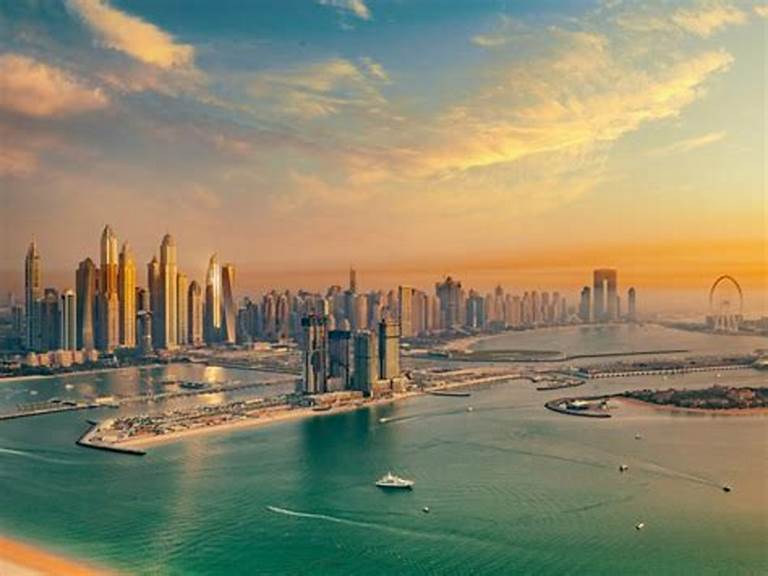
The UAE’s journey towards becoming a unified nation was a long and complex process that began in the early 19th century. Before the country’s formation, the UAE comprised multiple independent states known as the Trucial States. These states included Abu Dhabi, Dubai, Sharjah, Ajman, Umm al-Quwain, Fujairah, and Ras al-Khaimah.
The Trucial States were established due to treaties signed with the British in the 19th century, which provided protection from foreign aggression. The British maintained a presence in the region until 1971 when the UAE was formed as a federation of these seven emirates.
The idea of unification was first proposed in the late 1940s by a visionary leader, Sheikh Zayed bin Sultan Al Nahyan, the then-ruler of Abu Dhabi. After years of discussions and negotiations, a constitution was drafted, and the UAE was officially formed on December 2, 1971.
By unifying, the emirates aimed to strengthen their militaries, increase their political weight, and improve their socio-economic conditions. The formation of the UAE allowed for the creation of a single military, economy, and foreign policy. It also provided a framework for cooperation between the emirates.
Today, the UAE is a modern, diverse, and prosperous country globally recognized for its achievements in various sectors. The formation of the UAE has proven to be a turning point in the region’s history, marking the beginning of a new era of progress and development.
The Pearling Era and Trade
The UAE has a rich history of pearling, which played a significant role in shaping its economy and cultural heritage. As early as the 7th century, pearl diving was an essential economic activity in the region. Traders highly valued pearls from the Arabian Gulf, and the industry flourished until the 1930s when cultured pearls were introduced, leading to a decline in demand for natural pearls.
The pearling industry in the UAE was organized around the traditional “Mijars” system, which involved leasing boats and equipment from wealthy investors in exchange for a share of the profits. The divers, mainly from the Bani Yas tribe, would spend up to eight months a year at sea, enduring harsh conditions in search of oysters.
| Impact of Pearling on the UAE |
|---|
| – Pearling was a significant source of income and employment for the people of the UAE. |
| – The pearling industry led to the development of ports and trade routes. |
| – The industry had a significant impact on the cultural heritage of the UAE, with traditional songs and dances associated with pearling still performed today. |
The rise of the pearling industry led to the developing of trade relations with countries such as India, Persia, and East Africa. Trade routes were established, and the UAE became a hub for exchanging commodities such as pearls, spices, and textiles. The UAE’s strategic location made it an ideal destination for traders sailing from Europe to Asia, and the country prospered.
The pearling era ended with the discovery of oil in the 1950s, which led to the diversification of the UAE’s economy and the development of other industries. However, the impact of the pearling industry on the UAE’s cultural heritage and economic growth is still felt today.
“please read: Trading history of UAE“
British Influence and the Trucial States
The Trucial States, which comprised seven emirates along the coast of the Persian Gulf, including Abu Dhabi, Dubai, Sharjah, and others, had a significant influence on the formation of the United Arab Emirates. Before the formation of the UAE, the Trucial States maintained a close relationship with the British Empire.
The British established treaties with the Trucial States in the early 19th century to protect their shipping and maintain regional stability. Over time, the British developed strong economic and political ties with the region, influencing the Trucial States’ development.
Under British influence, the Trucial States modernized their infrastructure, including developing ports and telegraph lines. The British also played a role in improving healthcare and education in the region.
However, the British influence on the Trucial States was not without controversy. In the early 20th century, the discovery of oil in the region increased British control over the oil resources. This led to tensions between the Trucial States and the British, which began to undermine the British position in the region.
The Transition to Independence
The Trucial States began to seek independence from British control in the 1950s and 1960s. In 1968, the British announced their intention to withdraw from the region by the end of 1971.
In response, the Trucial States began negotiations to form a federation. Over several years of negotiations, the seven emirates decided to start a unified country, which became the United Arab Emirates on December 2, 1971. The UAE was officially recognized as a sovereign state by the United Nations the following year.
The UAE’s formation was a significant moment in the region’s history, marking the end of British influence in the area and the beginning of a new era of self-governance.
“read more: The Rich Tapestry of UAE History and Culture“
The Discovery of Oil and Modernization
In the mid-20th century, the United Arab Emirates experienced a significant shift in its economic and social structures. The discovery and subsequent exploitation of oil reserves in the region brought about this change. Before the discovery of oil, the UAE had a predominantly desert landscape with limited infrastructure and very few modern amenities.
The discovery of oil opened up new avenues for the country’s economy, leading to a newfound wealth previously unheard of. With the newfound financial resources, the UAE began investing heavily in infrastructure, education, healthcare, and tourism. This modernization drive transformed the UAE into a modern, prosperous nation with a high standard of living and a thriving economy.
The government of the UAE played a crucial role in the country’s modernization drive, ensuring that the newfound wealth was managed and invested effectively. The government established various institutions and policies to ensure that the wealth generated from oil was distributed fairly across the country and utilized to its maximum potential. Establishing a federal government with different levels of authority ensured that all emirates had equitable development opportunities and autonomy.
The discovery of oil also brought about significant changes in the country’s social structure. The influx of wealth and modernization led to increased education and women’s participation in the workforce. The country’s traditional Bedouin culture was still prominent, but the modernization drive led to a gradual shift towards a more cosmopolitan and globalized society.
To this day, the discovery of oil remains a significant turning point in the history of the UAE. It has enabled the country to become a key player in the global oil market and a leader in the Gulf region. The modernization drive brought about by the oil wealth has transformed the UAE into a modern, prosperous nation with world-class healthcare, education, infrastructure, and tourism.
“may read: History of the UAE flag“
Cultural Heritage and Traditions
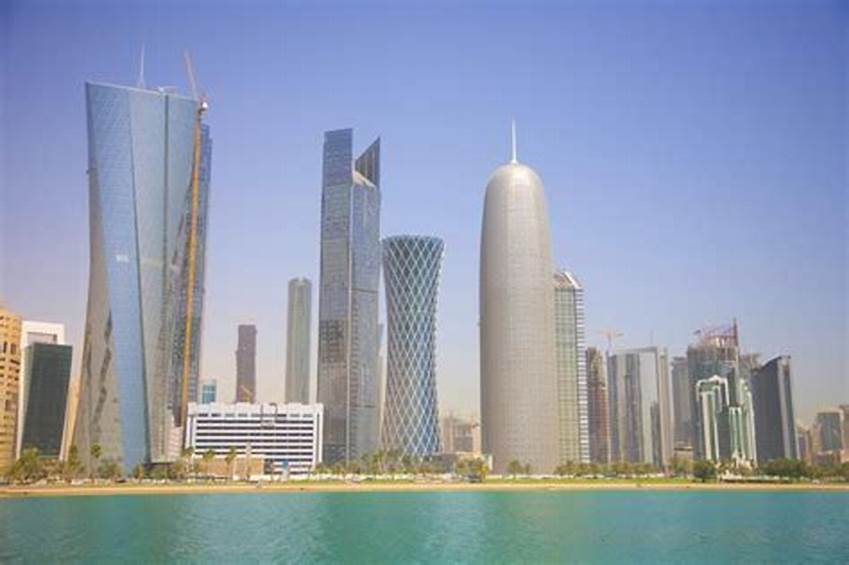
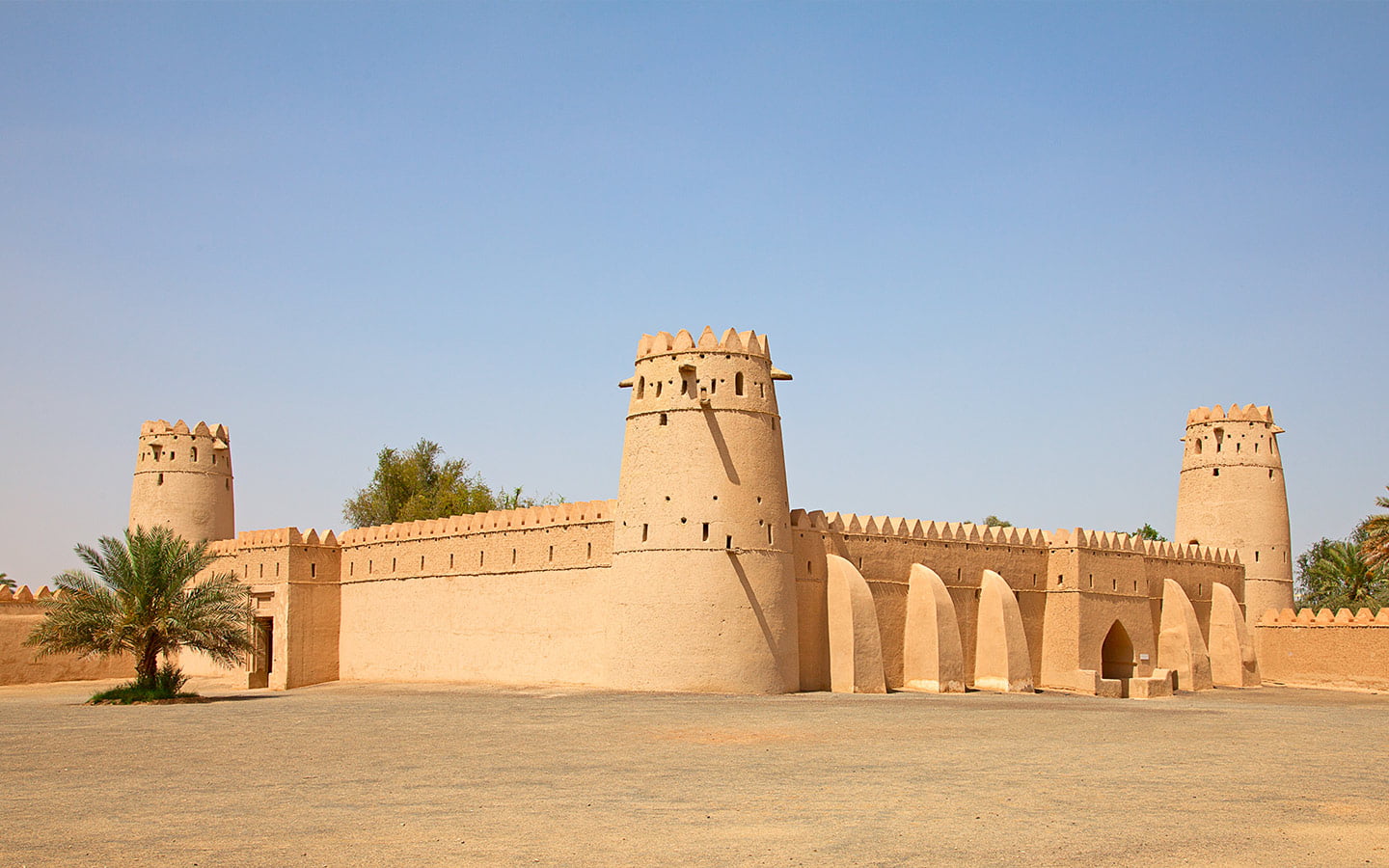
The UAE is a country that takes great pride in its rich cultural heritage and traditions. The country uniquely blends Arabian and Persian cultures, from the traditional dress to the mouth-watering cuisine.
The traditional dress of the UAE is an integral part of the country’s culture and heritage. Men typically wear a long white garment called a dishdasha, while women wear an abaya, a long black cloak that covers their clothing. These garments reflect the country’s heritage and protect it from the harsh desert sun.
The UAE’s cuisine is a fusion of flavours from around the region, including Lebanese, Syrian, Iranian, and Indian influences. The country’s national dish is machboos, a spiced rice dish with meat or fish. Another popular dish is luqaimat, a sweet dumpling-like dessert served with syrup or honey.
Music and dance are also significant to the UAE’s cultural heritage. Traditional performances such as the Al Ayyala, a sword dance, and the Liwa dance, which involves dancers supporting large drums in their hands, are still performed at festivals and cultural events.
The Bedouin and Persian cultures have influenced the UAE’s cultural heritage. The Bedouin’s way of life was shaped by the desert environment, which affected their dress, cuisine, and musical traditions. Persian culture, on the other hand, influenced the UAE’s art, literature, and architecture.
The UAE government has made significant efforts to preserve and promote the country’s cultural heritage and traditions. The Dubai Museum, located in the city’s oldest building, provides visitors with an insight into the traditional way of life in the UAE. The Sheikh Zayed Grand Mosque in Abu Dhabi is another example of the country’s commitment to preserving its cultural heritage; it is one of the largest mosques in the world and features traditional Islamic architecture.
Overall, the UAE’s cultural heritage and traditions provide a glimpse into the country’s fascinating history and unique blend of cultures. By preserving and promoting its heritage, the UAE is committed to ensuring its traditions are passed down to future generations.
The Union’s Progress and Achievements
The United Arab Emirates has made significant progress since its formation, achieving great success in various sectors, including education, healthcare, infrastructure, and tourism. With a thriving economy and a diverse society, the UAE continues to be a leading nation in the Middle East and the world.
One of the most notable achievements of the UAE is its successful diversification of the economy, moving away from a heavy reliance on oil. The country has become a hub for business and tourism, attracting millions of visitors annually. Its world-class airports, modern transportation systems, and state-of-the-art infrastructure have contributed to the growth of the tourism sector, making the UAE a top destination for travellers.
The UAE has also made significant progress in the field of education, with a focus on developing a knowledge-based economy. The country’s education system has undergone significant reforms, introducing various initiatives to enhance the quality of education and prepare students for the demands of the future job market. Establishing leading universities and research institutions has contributed to developing world-class scholars and researchers.
Another achievement of the UAE is its commitment to providing high-quality healthcare services. The country’s healthcare system has undergone significant developments, with the establishment of modern hospitals and clinics equipped with the latest medical technologies and staffed by highly qualified specialists. The UAE has also promoted health and wellness, organizing various initiatives to encourage healthy lifestyles and disease prevention.
Furthermore, the UAE has been recognized globally for its commitment to sustainability and environmental protection. The country has launched various initiatives to promote renewable energy, reduce carbon emissions, and promote sustainable practices in all sectors of society. The UAE’s leadership in this area has been recognized by international organizations, making it a role model for other countries seeking to promote sustainable development.
The United Arab Emirates has made remarkable progress since its formation, achieving great success in various sectors and becoming a leading nation in the Middle East. Its commitment to diversifying the economy, promoting education and healthcare, and protecting the environment has contributed to its global recognition and influence. The UAE’s progress and achievements demonstrate its determination to build a better future for its people and contribute to international development.
Leadership and Government of UAE
The United Arab Emirates has a federal government system led by a president, a vice president, and a Supreme Council. The country is divided into seven emirates, each ruled by a hereditary monarch called an Emir.
The Supreme Council elects the President of the UAE for a five-year term. The Supreme Council is composed of the seven Emirs of the emirates. The President appoints the Vice President and is also the Prime Minister of the UAE.
The UAE follows a federal system, where the federal government holds authority over certain aspects such as foreign affairs, national security, and monetary policy. In contrast, the individual emirates have jurisdiction over local matters such as education and healthcare.
The UAE’s federal institutions include the Federal National Council, which serves as a parliamentary body, and the Cabinet, which is responsible for managing the country’s day-to-day affairs. The judicial system of the UAE is composed of federal and local courts.
Since its formation, the UAE has been committed to a stable and diverse government. The leadership of the UAE has fostered a culture of tolerance and inclusivity, promoting unity among its diverse population. The country’s government has been instrumental in the successful growth and development of the UAE.
The history of UAE in Urdu highlights the country’s journey from a group of small Trucial States to a modern and globally recognized federation. Understanding the history of the UAE is essential in comprehending the country’s government structure and leadership.
The UAE’s Global Influence and Relations

The United Arab Emirates has emerged as a prominent global player in recent years, significantly impacting the regional and international levels. The country has pursued an active diplomatic strategy, maintaining solid relationships with nations worldwide and contributing to global humanitarian efforts.
The UAE’s foreign policy is anchored in its commitment to peace, stability, and prosperity in the Middle East and beyond. The country has been a mediator in several regional conflicts and has been vital in promoting cooperation and dialogue between nations.
As the UAE continues to grow and diversify its economy, it has become a hub for international business and a strategic partner for many countries. The country has established strategic partnerships with several nations, including the United States, China, and the United Kingdom.
The UAE is also an active member of the United Nations, participating in various initiatives and programs. The country has contributed significantly to global efforts to combat poverty, hunger, and disease. It has been a leader in providing humanitarian aid to countries affected by natural disasters and conflicts.
Furthermore, the UAE has played a vital role in promoting renewable energy and preserving the environment. The country has made significant investments in green energy and has been a vocal advocate for sustainable development on the international stage.
The UAE’s global influence is a source of pride for the country and its people. As the UAE continues to develop and expand its reach, it will remain a critical player in shaping the future of the Middle East and the world.
The Conclusion: Understanding the Rich History of UAE in Urdu
Exploring the history of UAE in Urdu reveals the fascinating journey that the United Arab Emirates has undertaken to become the nation it is today. From the ancient civilizations and pearl diving era to the discovery of oil and modernization, the UAE has travelled miles to achieve its status as a bustling economic hub.
The Importance of Understanding UAE’s History in Urdu
The history of UAE in Urdu is an essential part of understanding the country’s culture and the way of life of its people. While Arabic is the official language, Urdu remains a famous tongue among immigrants. Thus, translating the UAE’s history into Urdu is vital for a better understanding of the country’s rich heritage.
The Key Takeaways
From the early Bedouin tribes to the oil-driven modernization period, we see the UAE’s progress in evolving from a small, desert-based economy into a global economic power. The cultural heritage, traditions, government structure, and global influence and relations of the UAE showcase the nation’s unique identity on the world stage.
The Future of UAE
The history of UAE in Urdu highlights the nation’s progress and ability to adapt and thrive in the face of change. As the country looks to the future, it remains committed to diversifying its economy, investing in infrastructure, and striving for innovation and progress. Understanding its history in Urdu is a vital part of this journey.
In conclusion, the history of the UAE in Urdu provides valuable insight into the country’s past and present. As we move into the future, appreciating and understanding the UAE’s history will play a key role in shaping its path forward.
What will the conclusion of the article summarize?
The conclusion of the article will summarize the key points discussed in each section, emphasizing the importance of understanding the history of the UAE in Urdu and how it shapes the present and future of the country.
What will be explored in the section about UAE’s global influence and relations?
The section about UAE’s global influence and relations will explore the country’s diplomatic efforts, foreign aid contributions, and its role in regional stability. It will highlight the UAE’s involvement in international organizations and initiatives.
What will be discussed in the section about the leadership and government of UAE?
The section about the leadership and government of the UAE will provide an overview of the ruling families and the role of the President, Vice President, and Supreme Council. It will emphasize the UAE’s commitment to a federal system and the importance of national institutions.
What are some of the achievements of the United Arab Emirates since its formation?
This section will highlight the progress and achievements of the UAE in various sectors, such as education, healthcare, infrastructure, and tourism. It will showcase the successful diversification of the economy and the global recognition that the country has achieved.
What will be discussed in the section about cultural heritage and traditions?
The section about cultural heritage and traditions will cover topics such as traditional dress, food, music, and dance in the UAE. It will explain the influence of Bedouin and Persian cultures on UAE’s traditions and showcase the rich diversity of the country’s cultural heritage.
What was the role of the discovery of oil in modern UAE?
The discovery of oil in the UAE transformed the country, leading to its modernization. This section will explore the impact of the discovery on the economy, infrastructure, and overall development of the United Arab Emirates.
How did British influence shape the history of UAE?
The British influence on the Trucial States significantly impacted the development of the United Arab Emirates. This section will discuss the establishment of treaties with the British and how their presence shaped the region’s political landscape.
What was the significance of the pearling era in the UAE?
The pearling era played a vital role in the history of the UAE as it was a significant economic activity in the region. This section will discuss the importance of pearling, the development of trade routes, and the impact of the pearling industry on the cultural and economic growth of the UAE.
How was the United Arab Emirates formed?
The formation of the United Arab Emirates involved the Trucial States coming together to form a federation. This section will highlight the Trucial States’ role, the negotiation process, and the signing of the UAE’s constitution.
What will be covered in the section about the early history of UAE?
The section about the early history of UAE will delve into the ancient civilizations that inhabited the region, such as the Bedouins and the Bani Yas tribe. It will also explore the rise of Islam and its influence on the Arabian Peninsula.
What is the importance of understanding the history of UAE in Urdu?
Understanding the history of UAE in Urdu is crucial as it provides insightful knowledge about its rich heritage and cultural background. It allows Urdu-speaking individuals to connect with the history and traditions of the United Arab Emirates on a deeper level.
